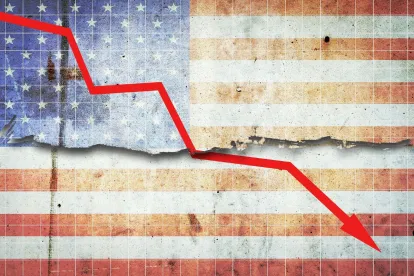In its November 2021 Financial Stability Report, the Federal Reserve Board ("FRB") assessed economic vulnerabilities and identified a number of potential "near-term shocks" to the stability of the financial system.
According to the report:
-
equity price valuations are high when compared to historical norms,
-
long-term Treasury security yields, corporate bonds and leveraged loans are at historically low interest rates,
-
mortgage rates remain low and home valuations remain high,
-
aggregate commercial real estate valuations continue to increase,
-
life insurers' liquidity risks have been increasing, and
-
fiscal policies continue to provide economic support as progress is made on the pandemic.
The FRB found that, since its May 2021 report, (i) household vulnerability has increased, returning to pre-pandemic levels, (ii) capital leverage ratios, collateralized loan obligations and asset-backed securities are stabilized and adequate, and (iii) U.S. bank short-term funding remains low. The most cited potential shock to financial stability is persistent inflation.
The following near-term risks to the U.S. financial system were also identified: (i) investor confidence, should efforts to contain the pandemic falter, (ii) global real estate sector regulatory stresses, (iii) market meme stock volatility, (iv) central counterparties' liquidity vulnerabilities and transition to the Secured Overnight Financing Rate, (v) cyber risk interdependencies and (vi) climate-related challenges.



 />i
/>i


